How to Fix a Water-Damaged iPhone
2022-07-07
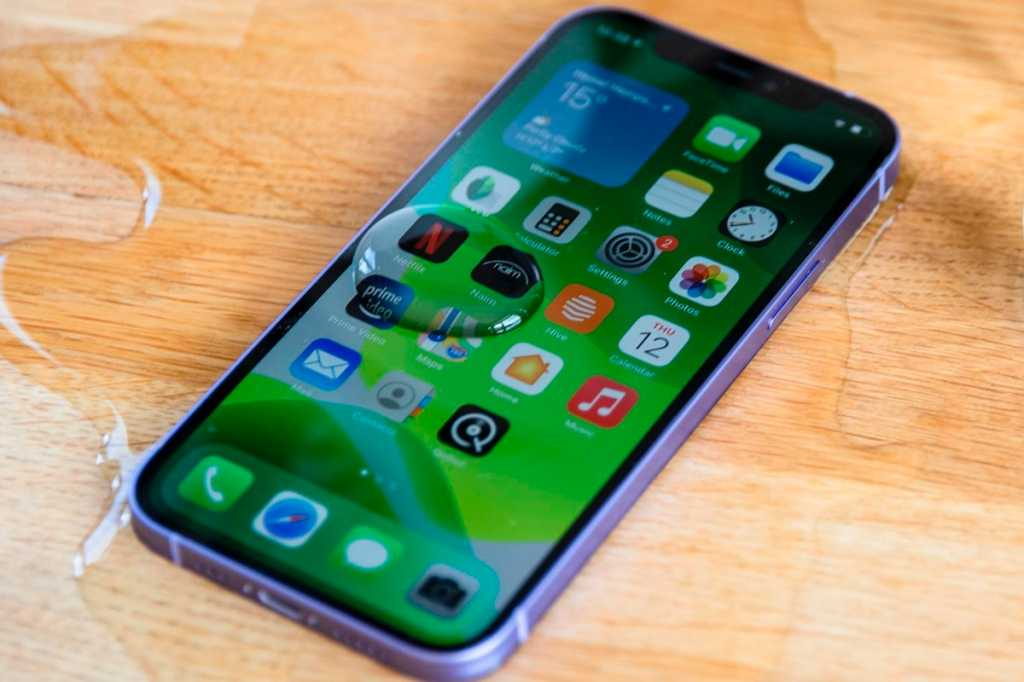
Water and technology are not usually happy bedfellows, so suddenly seeing your precious iPhone plummet into the sink, bath or any other body or water can be a heart-stopping moment. But, don’t panic, all may not be lost as modern phones are far more robust than those of yesteryear. In this article we explain the best strategies for dealing with a wet or water-damaged iPhone.
Is my iPhone waterproof?
If you’ve purchased a new iPhone in the last few years, then there’s a very good chance that it will be water-resistant, meaning it should happily survive short dips and the odd spilled beverage or two.
Smartphones, and other electronic devices, can be certified with something called an Ingress Protection or IP Rating. This instantly lets you know how water-resistant the product is, so you don’t have to freak out if it slips out of your back pocket and drops into the loo (it happens!) There are multiple types of IP rating, but the two main ones that apply to iPhones are IP67 and IP68.
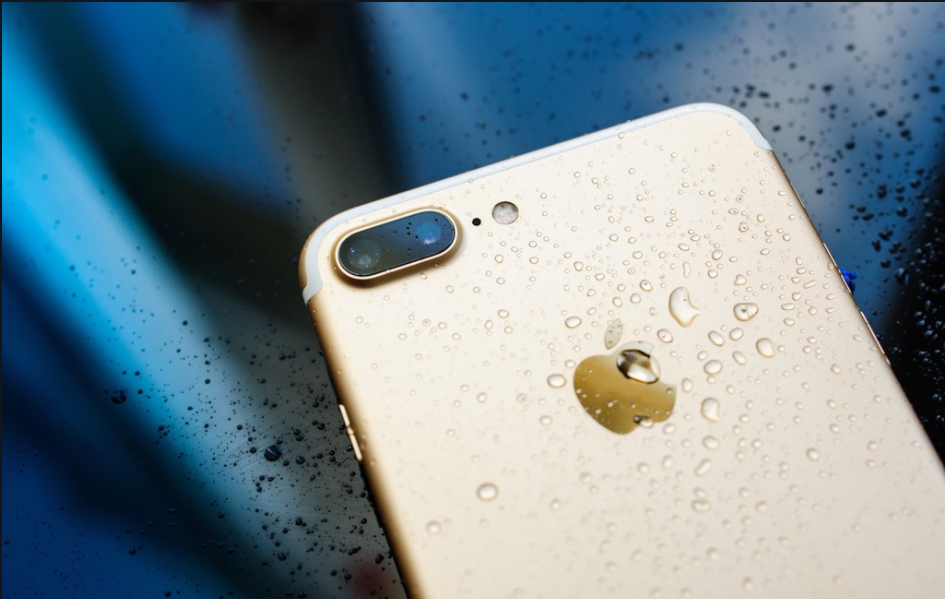
IP67 – Can survive submersion in up to 1 metre of water for a maximum of 30 minutes
IP68 – Can survive submersion in up to 2 metres of water for a maximum of 30 minutes
Since the iPhone XS and XS Max, Apple has usually released its devices with IP68 protection. Here’s the last few generations have lined up:
iPhone 6s and earlier: not rated
iPhone 7/7Plus: IP67
iPhone 8/8 Plus: IP67
iPhone X: IP67
iPhone XR: IP67
iPhone XS/XS Max: IP68
iPhone 11 range: IP68
iPhone 12 range: IP68
iPhone 13 range: IP68
iPhone SE 2020: IP67
iPhone SE 2022: IP67
Of course, things can still go wrong even with an apparently waterproof iPhone. If there is any residual water on or in your device after the incident you should follow the advice below.
What to do if an iPhone gets wet
1.Get the iPhone out of the water right away.
2.Do not plug in the iPhone. If it’s plugged in already, unplug it (very carefully).
3.Do not turn it on. This can cause short circuits.
4.If the wet iPhone is in a case, take it out. Remove the SIM card too. Water can linger in these nooks and crannies.
5.With a soft towel or cloth, wipe liquid off everything you can reach.
6.Turn the iPhone upside down and give it a gentle shake to clear the ports and sockets.
7.Power off the iPhone – but read the below first…
Should you turn off a wet iPhone?
As well as the above we recommend that you turn your iPhone off. This should enable you to avoid activating the circuits inside the iPhone, because this is likely to cause short circuits and long-term damage.
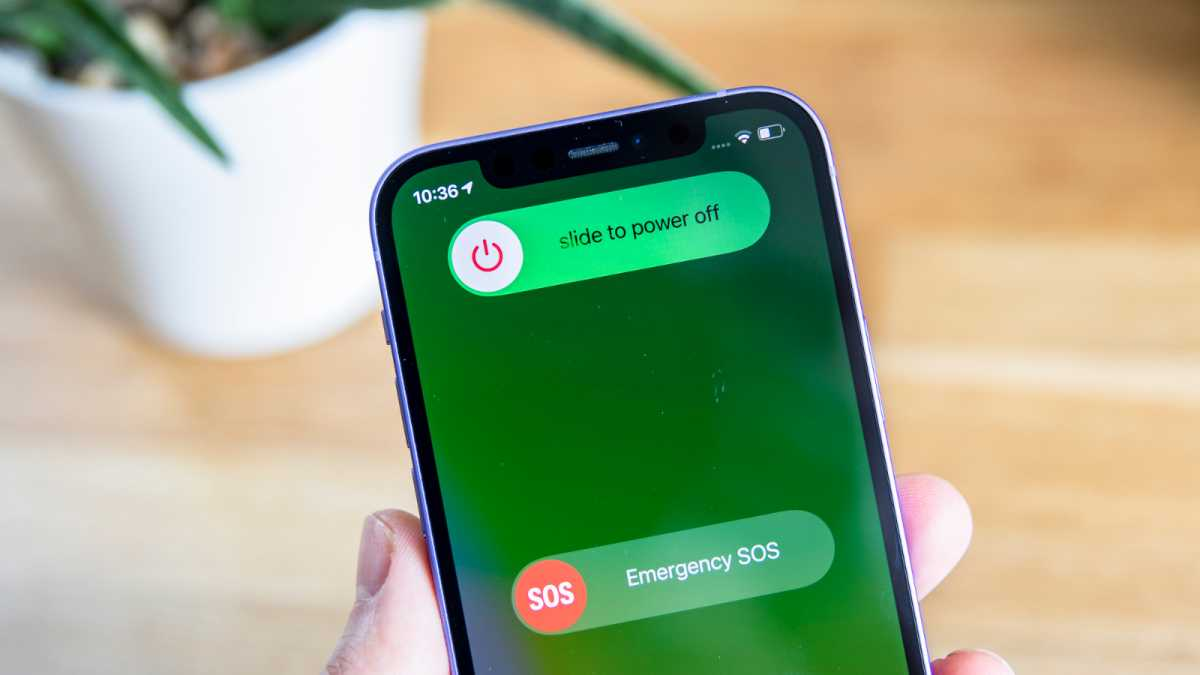
If the iPhone is switched off already, leave it off. Don’t be tempted to power on to see if it still works. It might, and then promptly stop working forever precisely because you took a look.
If your iPhone is switched on, you’re looking at two unappealing options: power down (but in the process cause the screen and operating system to wake up briefly before switching off) or leave the device in sleep mode and hope you don’t get any notifications.
If you were lucky enough to be in Airplane Mode when you dropped the device, however, or are confident that nothing will wake your iPhone in the next 48 hours, leaving it alone might be the better option.
How to dry out an iPhone with uncooked rice
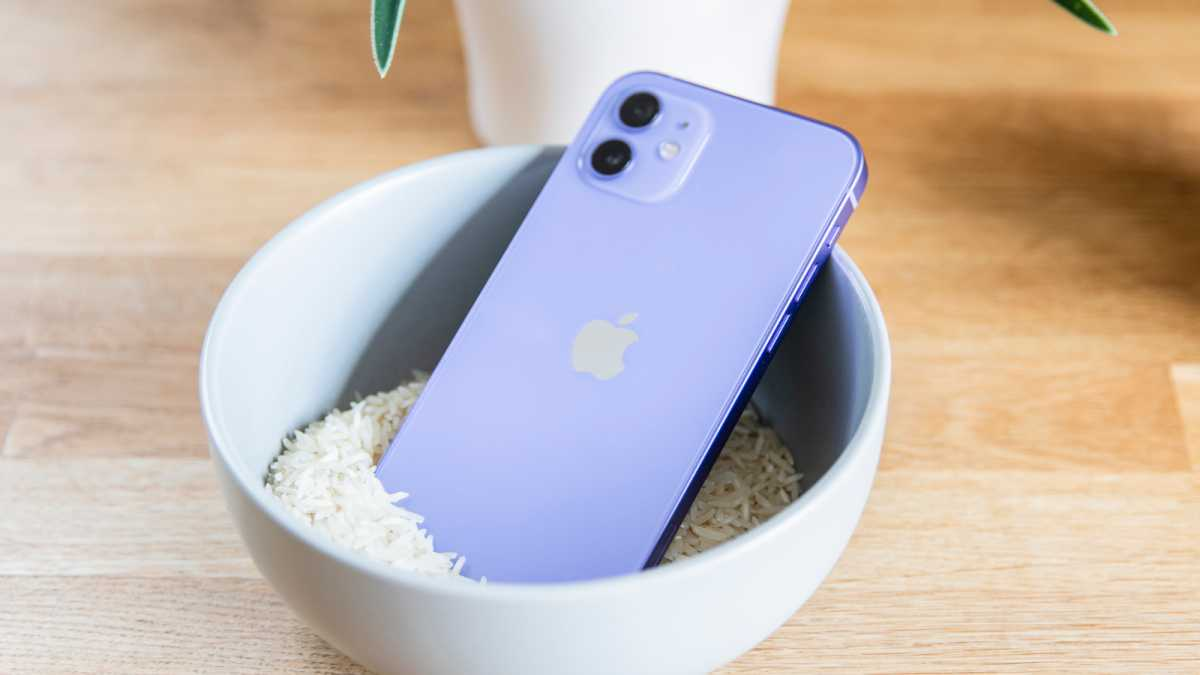
Now we need to draw as much interior liquid out as possible. Resist the temptation to use a hair dryer or other heat treatment, as this can damage the iPhone’s internal components.
To get moisture out of the iPhone’s interior, you need a desiccant. Many people swear by uncooked rice, advising owners to put their damp iPad or iPhone in a big bowl of the stuff (cover it completely) and leave it there for 48 hours or so.
The rice will absorb the moisture effectively, and most of us have some uncooked rice in our homes (or can get hold of some fairly easily). But it may get dust or even entire grains into the ports. Be warned.
How to dry out an iPhone with silica gel
A better option than uncooked rice, if you’ve got it is, silica gel – those little (and inedible) packets that you’ll find inside new handbags, packed with some electronic components, particularly if they’ve been shipped from a country with a humid climate, and most recently COVID-19 test kits (lets face it we have plenty of those lying around!)
You need enough of them to cover the iPhone. You may be able to buy them en masse from a craft shop. Silica gel sachets should dry a wet iPhone out more efficiently and less messily than rice, but you’ll still need to give the iPhone at least 48 hours to dry out completely.
Should you dismantle an iPhone to dry it out?
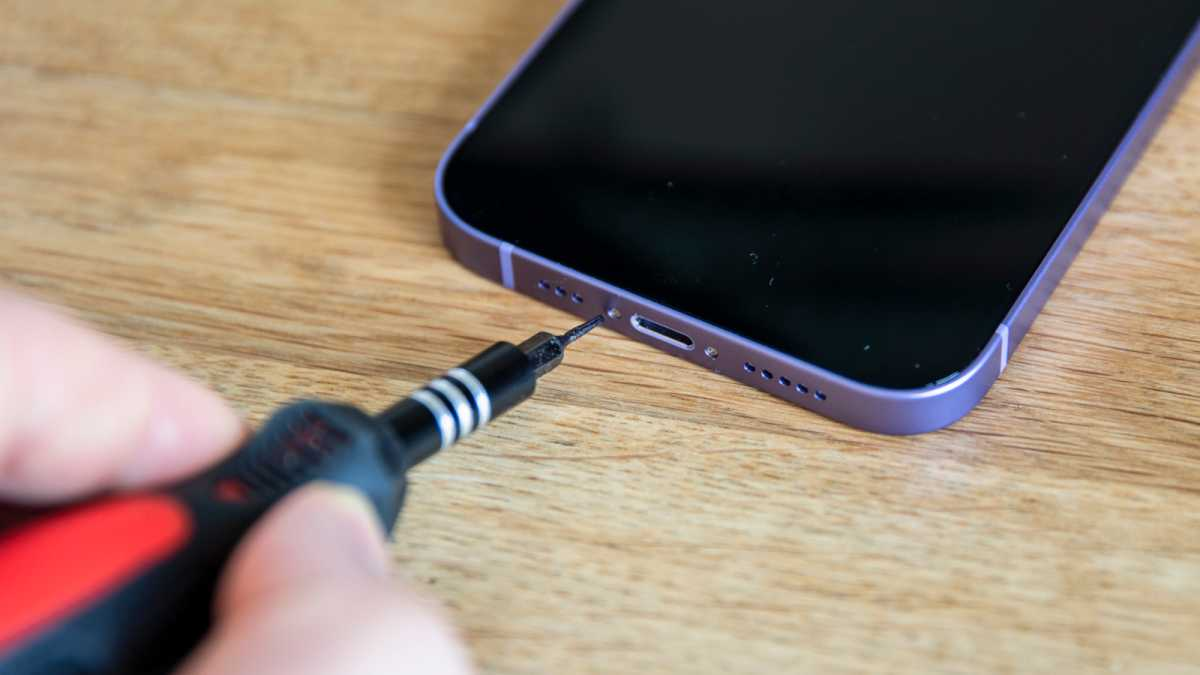
If you’re really worried that there’s liquid inside your iPhone, and confident about doing DIY repairs, then there is always the option of opening up the device and drying it out.
Just bear in mind that this is likely to invalidate any warranty coverage you’ve got, and there’s a risk that your DIY work will cause damage rather than repair it.
Still: the most effective way to get water from the inside of an iPhone is to get right in there and dry it out from within.
If it’s possible it could be worth taking the battery out (as it minimises the potential for short circuits), but this can be quite a challenge with the adhesive approach Apple usually adopts for internal components. If you can, apply a soft dry cloth to all interior surfaces while endeavoring to be as gentle as possible.
To be honest, we wouldn’t recommend this approach, primarily because of its potential to exacerbate the problem, but in some situations it may be the only way to save the day and at least recover some of your data. If nothing else works and you’re out of warranty, you may find yourself with nothing to lose.
How to eject water from an iPhone speaker

There is a last thing you can try if you find that water may be in your device. While most iPhones are water-resistant, it doesn’t stop water from getting into the speaker grilles. Apple Watches comes with a built-in feature that can be toggled to ‘eject’ the water by playing a specific frequency, clearing out its speaker grilles in the process.
Simply download the app and tap the water droplet icon in the middle of the screen. This should cause the water to ‘jump’ from the speaker so you can absorb it with a tissue. A paid version also offers other frequency ranges, so if your music or podcasts sound a bit garbled after the iPhone takes a dip, this is well worth a go.



